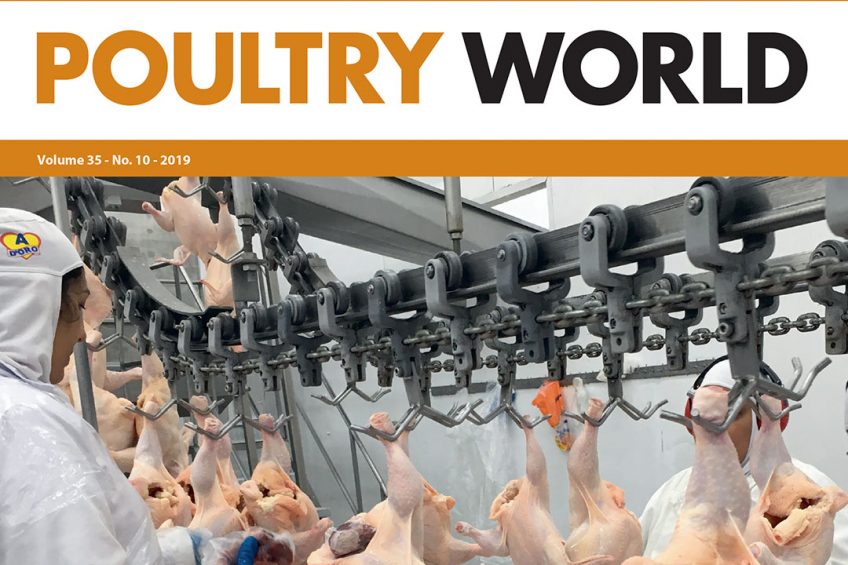The 10th edition of Poultry World 2019 is now online

In the 10th edition of Poultry World for 2019 we learn about the microbiome and its significance. We visit a poultry fam in Finland, where the use of antibiotics ended in 2010. This edition also explores the option of using insects to convert waste into protein. In addition, IPPE is coming up in January and we present 4 reasons this cannot be missed.
Dr Andrew Morgan at DuPont Nutrition & Biosciences has spent some 3 decades researching the microbiome. In this article he offers us some understanding into the deep knowledge into the science around nutrition, the microbiome, and gut and immune function.
The upcoming International Production and Processing Expo (IPPE) will take place at the end of January in Atlanta, Georgia, USA. Poultry World looks at 4 reasons to attend the show, which is the largest event for the global poultry sector.

Russia has focused on increasing self-sufficiency since the international community imposed trade restrictions on the country in 2014. We look at to see what is next for Russia, which sits in 12th position globally in terms of poultrymeat consumption per capita.

In Finland, where there are 435 poultry farms and about 8.8 million broilers, it is impressive to learn that antibiotics have been redundant in the Finnish broiler sector for almost 10 years. A local broiler farmer explains how this can be.

We visit Ad’oro, a family-owned poultry processing plant in Brazil which has about 300 farms within a 250km radius supplying it with broilers. The plant manages approximately 220,000 birds a day and focuses on cut up and deboning.

Using insects to convert waste into protein could be a big win, but regulations and commercialisation remain barriers. Former MultiBox executive, James White, tells us more about this untapped protein source for livestock.
Cleanliness and biosecurity are the focus points at one of Brazil’s well-known cooperatives, Lar, which covers the entire production chain from feed to slaughter to supermarkets. With African Swine Fever having a devastating effect on Asia, opportunities for Lar are plentiful.

Poultry World looks a little closer into the belief that muscle abnormalities can be reduced by growing birds in a semi-intensive system and giving them more time to mature.

In this last edition of 2019, Poultry World also considers how the poultry industry can source and leverage the value of feed data, and we look at a pilot study on the viral status at broiler farms and how it aims to increase awareness of the importance of cleaning and disinfecting poultry houses. Finally, columnist Jake Davies talks about how African Swine Fever has dominated 2019.
To access the magazine section, where you will find the 2019 as well as other magazines from specialists in the agriculture industry, simply register for free.













